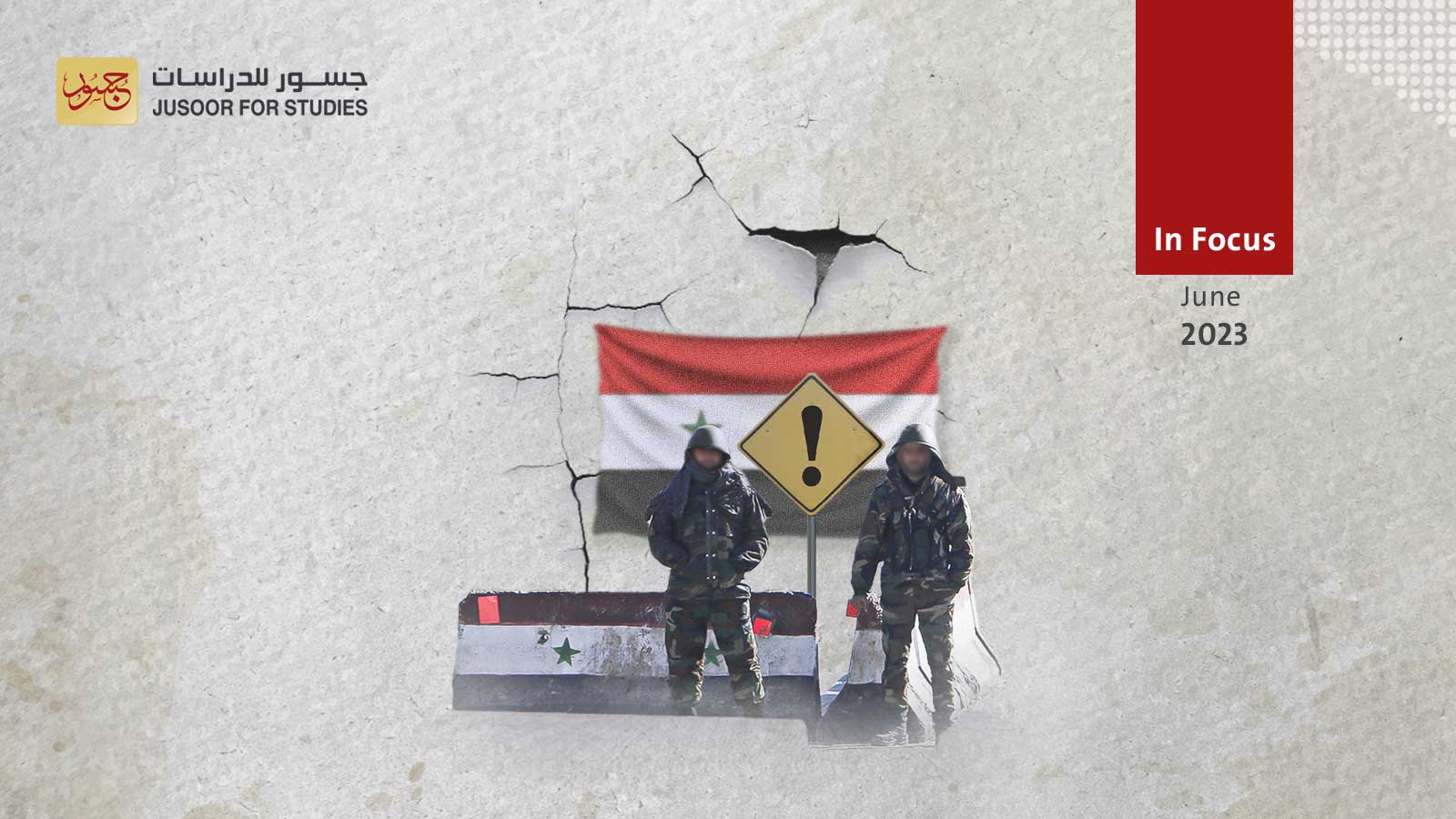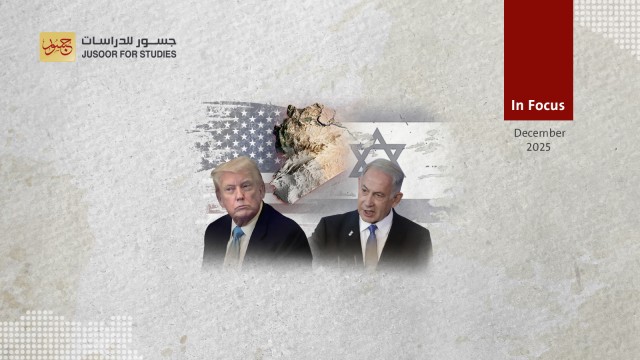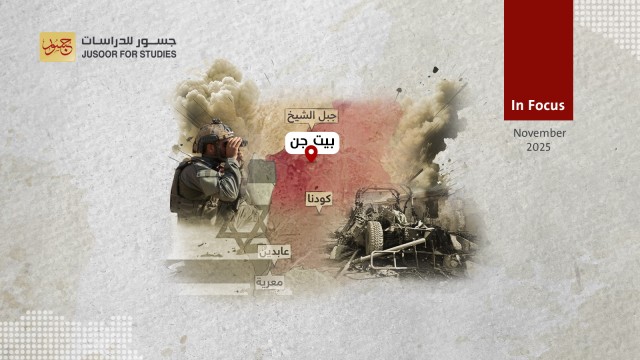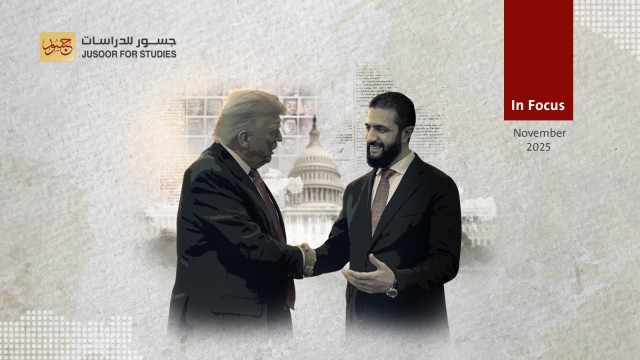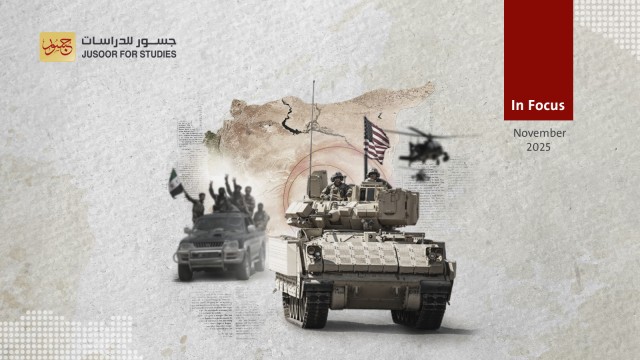Manifestations of Security Disorder in Syrian Regime Areas: Causes and Implications
The security disturbances in the areas under the Syrian regime have been continuing at an escalating pace since mid-2022. During that time, the Syrian regime’s Ministry of Defense issued strict instructions aimed at controlling the operations of booby-trapping vehicles and cars targeting officers and non-commissioned officers.
Since the beginning of 2023, these manifestations, both politically and socially, have witnessed a greater escalation. Incidents targeting regime forces and their patrols have increased through the use of explosive devices and direct attacks in several areas, such as Harasta, Beit Jinn, Al-Kiswah, and Barzeh in Damascus and Damascus countryside, as well as in Daraa, northern Homs countryside, and Deir ez-Zor.
On another note, tribal and familial conflicts, along with incidents of kidnapping, theft, and violent events, continue to resurface periodically. Such occurrences are particularly noticeable in areas like Damascus, Homs, Sweida, Daraa, and Deir ez-Zor. In some cases, the regime and its security apparatus are implicated in these incidents, while simultaneously distancing themselves from intervening to resolve such security disturbances.
In reality, the escalating manifestations of security disorder have various complex factors, including:
- The weakening of the regime’s security and military apparatuses in in areas experienced signing reconciliation agreements where most of the security disturbances take place, as a reaction to the regime's security and retaliatory policies, arbitrary arrest campaigns, and forced conscription.
- Infiltrating the security and military apparatuses by individuals from the reconciliation areas. This allows for the possibility of accessing information about individuals and their movements, including the vehicles they use, making them easy targets.
- The rivalry and competition among the regime’s militias, military forces, and security agencies for power and financial gains, pushes them to work individually and weakens coordination between them, let alone undermining each other. This situation is particularly evident in the city of Deir ez-Zor, where the Military Security, Iranian militias, and the National Defense Forces are reluctant to provide mutual support in confrontations with ISIS or inter-factional clashes.
- The weakness of the regime’s law enforcement institutions, which the latter exploits to fuel social conflicts and commit various abuses against individuals, properties, and even against its own institutions. The regime then assigns local elites to resolve these disputes, creating a superficial presence rather than actual involvement in resolving such disputes.
- Weakness of law enforcement institutions, which the regime exploits to fuel social conflicts and commit various abuses against individuals, properties, and even its own institutions. Local leaders are then assigned to resolve these disputes, providing the regime with superficial presence rather than actual intervention.
- The spread of weapons among fighters of military units and militias, in addition to some locals in reconciliation areas who still have weapons due to a lack of trust in the regime and its guarantees. This has occurred alongside economic crises and a decline in the level of services and living standards. The role of militias has grown, as the regime shows little willingness to hold them accountable; especially since they are in need of funding. This has allowed them to engage in theft and looting, as seen in the Yarmouk camp south of Damascus, or to exert control over opposition members, as in Daraa and Beit Jinn. Loyalties have been swapped, such as the case of the regime-affilaited groups in Deir ez-Zor shifting their allegiance between the Fourth Division and Iranian militias due to issues of wages or ill-treatment.
Ultimately, the manifestations of security disorder in regime-controlled areas reflect its inability to regain control, enforce the authority of relevant institutions, and disarm militias. This is due to the existing reality of these institutions, which primarily suffer from structural flaws such as corruption, lack of expertise, and professional competence. Additionally, the influence and intervention of Iran and Russia in the functioning and decision-making of affiliated apparatuses play a significant role, with each having control over a portion of these institutions.

